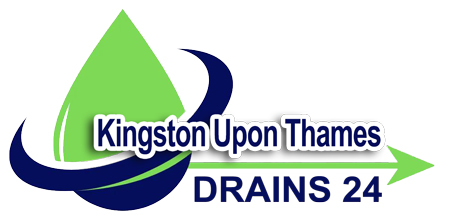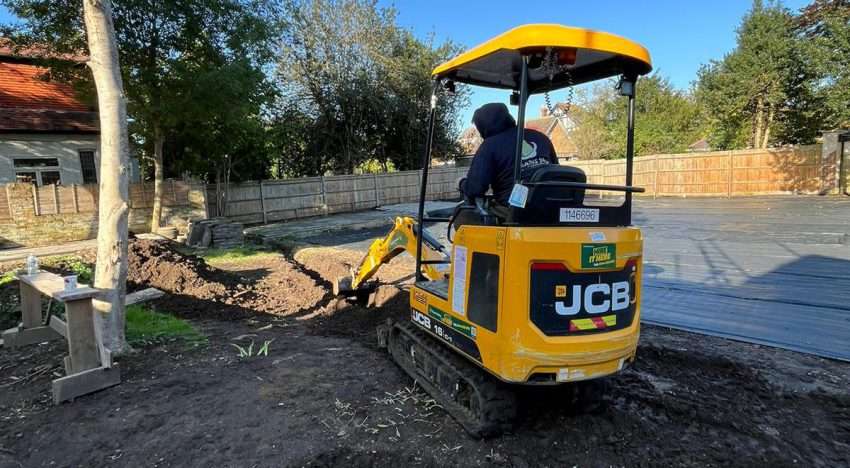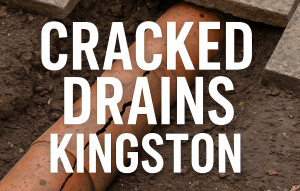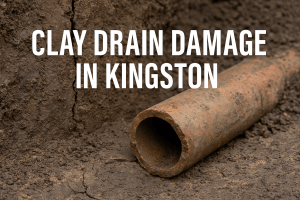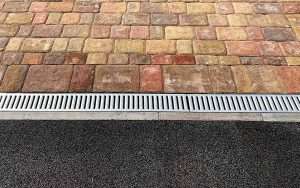Clay-rich soil is a defining feature of many neighbourhoods across Kingston Upon Thames. While it gives the landscape its unique character, it also presents some challenges for homeowners managing rainwater and ground drainage. If your property experiences slow-draining lawns, standing water, or damp patches near the foundation, your soakaway system may not be working effectively — or may not exist at all.
This guide explains how soakaways work, why clay soil makes a difference, and what you can do to ensure reliable drainage all year round.
What Is a Soakaway and Why Is It Used?
A soakaway is a specially designed underground chamber or gravel-filled pit that collects rainwater and slowly disperses it into the surrounding ground. It prevents:
- Water pooling around foundations
- Flooding during heavy rainfall
- Excess strain on surface drainage systems
- Damp, moss and subsidence risks
They are especially useful in older properties where drainage systems were never designed to handle modern levels of water runoff.
The Challenge of Clay-Rich Soil in Kingston
Kingston’s clay soils are dense, slow-draining, and retain water. Unlike chalk or sandy soil, which absorbs water easily, clay resists infiltration. This means:
- Water drains slowly, leading to surface pooling
- Soakaways must be carefully designed and sized
- Poor installations often fail within a few years
Because of this, a standard soakaway approach won’t work. It needs a bespoke system, tailored to the property and soil conditions.
How a Soakaway Installation Works in Clay Soil
1. Soil Percolation Testing
Before any work begins, we carry out a percolation test to understand how fast water can filter through your soil. This ensures the system is correctly sized and positioned.
2. Selecting the Right Type of Soakaway
For clay soil in Kingston, we typically use:
- Modular soakaway crates (engineered plastic structures)
- Larger capacity chambers
- Geotextile membrane wrap to prevent clogging
These designs disperse water more effectively than traditional gravel-filled pits.
3. Improving Drainage Efficiency
To help overcome low absorption rates, we often add:
- Perforated drainage pipe channels
- Rainwater diverters
- Surface water channels around the property
These help spread smaller volumes of water over a larger area, improving absorption rates.
Signs Your Property May Need a New Soakaway
Look for:
- Lawn stays waterlogged for days after rain
- Patches of moss appearing on walls or brickwork
- Drains gurgling after heavy rainfall
- Damp crawl spaces or musty smells
- Water pooling around patios or driveways
If you notice these signs, your current system may be undersized or blocked.
Cost & Timescales
Most soakaway installation kingston projects take 1–2 days depending on access and ground conditions.
Typical cost range: £1,200–£3,200, depending on system size.
📞 Need advice on soakaway installation in Kingston?
We design and install systems built for clay soil performance, ensuring long-term reliability.
Contact our team today for a free assessment and quote.
Soakaway Installation FAQs
What makes clay soil difficult for soakaway systems?
Clay retains water instead of absorbing it quickly. This means a standard soakaway can overflow unless it’s designed specifically for low-permeability ground.
How long does a soakaway installation take?
Most installations take 1–2 days, depending on access and soil conditions.
Do I need permission to install a soakaway?
Some properties require approval if close to public sewers. We help handle this where needed.
How long does a soakaway last?
A well-designed crate system can last 20–30+ years.
